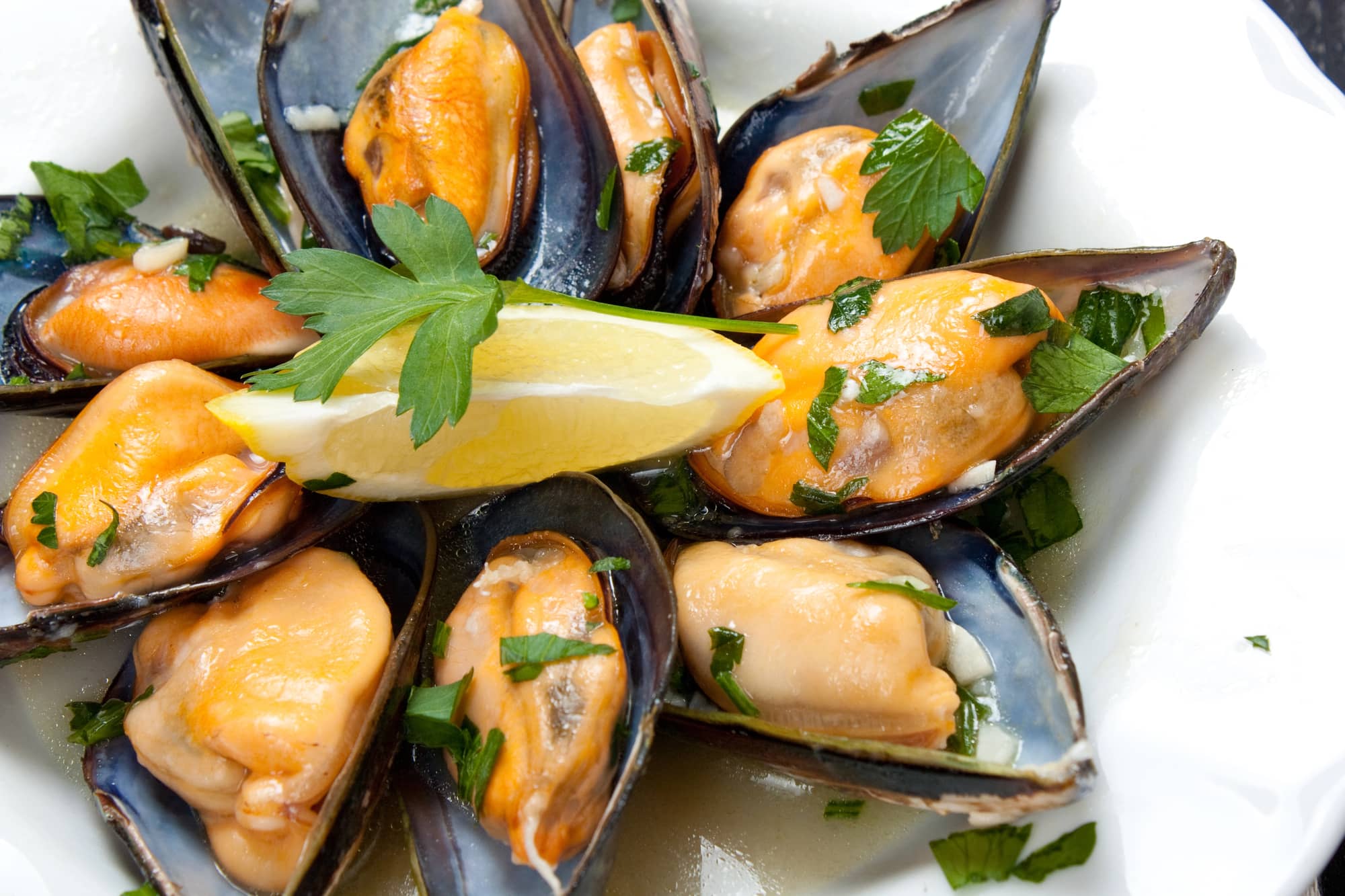Mussels, those enigmatic bivalves of the marine realm, possess a singular allure for the discerning gourmand. Their inherent sweetness, tender texture, and profound ability to absorb and amplify the flavors of their culinary companions make them an exceptionally versatile and gratifying ingredient. Far from being relegated to a singular preparation, mussels lend themselves to a captivating array of cooking methodologies, each unlocking a distinct facet of their inherent succulence. To truly appreciate the multifaceted appeal of mussels is to explore beyond the conventional, embracing the diverse culinary manieren (ways) to bring these oceanic gems to the plate.

The Fundamental First Step: Purging and Preparation
Before embarking upon any culinary endeavor with mussels, a crucial preliminary step is incumbent upon the cook: meticulous cleaning and purging. Mussels, being filter feeders, often contain grit, sand, or filamentous byssal threads (the “beard”) that must be removed to ensure a pristine dining experience. This process is not merely aesthetic; it is paramount to the gustatory integrity of the final dish.
The Art of Debyssing and Depuration
Upon procurement, mussels should be gently scrubbed under cold running water to remove any external debris or barnacles. The most critical aspect is the removal of the byssal threads. This fibrous appendage, which the mussel uses to anchor itself, should be firmly grasped and pulled towards the hinge of the shell until it detaches. Discard any mussels with broken or cracked shells, or those that gape open and do not close when gently tapped – these are likely deceased and should be eschewed. For optimal results, a brief period of depuration, or purging in cold, salted water (or even plain cold water) for 20-30 minutes, can further encourage the expulsion of any residual sand. While some purists advocate for a more extended purge, modern aquaculture practices often render this less critical, but a quick soak provides an added layer of assurance for a grit-free indulgence.
Classic Concoctions: Steaming and Sautéing
The most prevalent and perhaps quintessential methods for preparing mussels involve rapid application of heat in a liquid medium, allowing the shells to gape open and release their flavorful liquor. These techniques are celebrated for their simplicity and the immediacy with which they yield delectable results.
Moules Marinières: The Quintessence of Steamed Perfection
Moules Marinières, the quintessential French preparation, stands as a testament to the elegant simplicity of steamed mussels. This classic involves gently sautéing shallots and garlic in butter, deglazing with dry white wine, and then adding the cleaned mussels. A tight-fitting lid traps the steam, allowing the mussels to cook rapidly in the aromatic liquid. The resulting broth, a fragrant fumet infused with the briny essence of the mussels, is often enriched with a swirl of butter and a generous sprinkle of fresh parsley. Served with crusty bread for sopping up the delectable juices, this preparation is a paragon of culinary harmony, highlighting the inherent sweetness of the mussels against a backdrop of herbaceous and vinous notes. The entire process, from pan to plate, often transpires in under fifteen minutes.
Spicy Sautéed Mussels: A Zestful Zing
For those who crave a more robust flavor profile, sautéing mussels in a piquant sauce offers a thrilling alternative. This method often begins with a base of olive oil, garlic, and red chili flakes, perhaps with the addition of diced tomatoes or a splash of beer or cider. The mussels are then added and cooked until they open, their inherent liquor mingling with the spicy aromatics to create a vibrant, stimulating broth. A garnish of fresh cilantro or basil can further elevate the dish, providing a verdant counterpoint to the heat. This approach transforms the humble mussel into a vehicle for bold, electrifying flavors, perfect for a lively communal meal.
Beyond the Simmer: Grilling, Roasting, and Frying
While steaming and sautéing are foundational, mussels are remarkably amenable to other cooking techniques that impart distinct textural and flavor dimensions, expanding their culinary versatility.
Grilled Mussels: A Smoky Revelation
Grilling mussels imbues them with a remarkable smoky char and a delightful textural transformation. Mussels, particularly larger varieties, can be placed directly on a hot grill, or more commonly, on a grill pan, until their shells pop open. As they grill, their briny liquor becomes concentrated, mingling with the smoky notes from the char. A simple drizzle of herb-infused butter or a squeeze of fresh lemon juice upon serving is often all that is required to complement their robust, intensified flavor. This method is particularly suited for outdoor cooking and provides a dramatic presentation.
Roasted Mussels: Oven-Baked Succulence
Roasting mussels, often on a sheet pan, offers another hands-off approach that yields tender, perfectly cooked results. They can be roasted simply with a drizzle of olive oil, garlic, and herbs, or even nestled amongst chopped vegetables for a complete meal. The dry heat of the oven encourages a gentle steaming within their shells, concentrating their flavors and creating a beautifully tender interior. This technique is especially advantageous for larger quantities and minimizes active cooking time.
Crispy Fried Mussels: An Unconventional Indulgence
While less common, lightly battered and fried mussels offer a delightful, unconventional indulgence. After steaming or blanching the mussels to open them and then removing them from their shells, the tender meat can be coated in a light seasoned flour or cornmeal mixture and quickly deep-fried until golden and crisp. This method transforms the mussel into a delectable morsel, perfect for an appetizer or a unique seafood taco filling, showcasing their versatility in a truly novel fashion.
From the elegant simplicity of Moules Marinières to the smoky char of grilled preparations and the crisp texture of fried variations, mussels offer an astonishing breadth of culinary possibilities. Their inherent flavor, coupled with their receptiveness to diverse cooking mediums, makes them a perpetually rewarding ingredient for both the seasoned chef and the adventurous home cook. Embracing these varied manieren promises a perpetual journey of gastronomic delight with these fascinating bivalves.